Malacca had long served as an international depot and played an important role in intra-Asian trade. It was no coincidence that the Malay language became the lingua franca of the Malay-Indonesian archipelago. The VOC cast its eye on Malacca in the early 17th century, seeing it as an ideal sentry post on the Malacca Straits to guarantee the safety of VOC ships carrying valuable cargoes between the East and West. In 1641 the VOC captured Malacca, thereby ending 128 years of Portuguese occupation. With its fall, the last Portuguese stronghold in the Malay-Indonesian archipelago was eliminated. This occasioned a dramatic shift in the political balance of power in the region. The significant rise in the Company's prestige enabled it to strengthen its monopoly of the spice trade. In 1786 Van Braam's fleet relieved Malacca after defeating the Bouginese. These sea-faring people, originally from Celebes, caused tremendous problems for the VOC in the Strait of Malacca. Threatened by the Bouginese, Kedah and Siak sought the protection of the VOC. Even before the VOC opened its trading post in Malacca, there was already an extremely varied trade in products from the Malay peninsula. Immediately after the conquest of Malacca in 1641, the VOC set out to achieve the tried and trusted weapon of monopoly. It attempted to persuade the sultans, willingly or unwillingly, to supply the VOC with various products. The Company's main interest was in tin, which was obtained from Perak, inland. The Malaccan territory comprised the coast of the Malay peninsula, the Riouw Lingga archipelago, the kingdom of Indragiri on the coast of Sumatra and Siak. The governor was based in Malacca town. In 1795, Malacca fell to the English.
Images
-
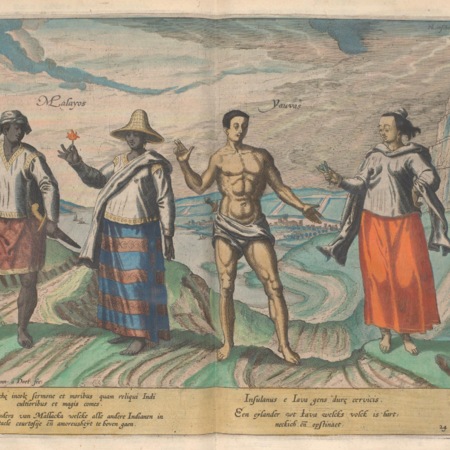
Men and women of Malacca and Java
Doetecum, Joannes (I) van
-
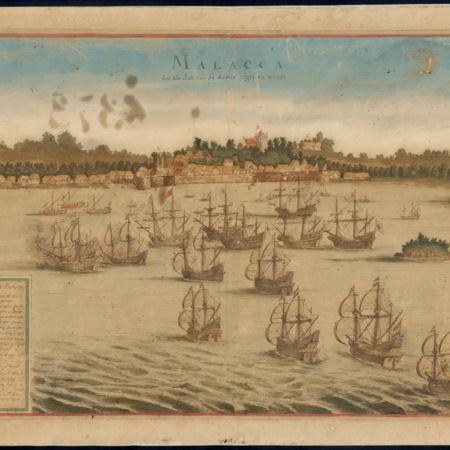
View of Melaka and a naval battle
Vingboons, Johannes
-
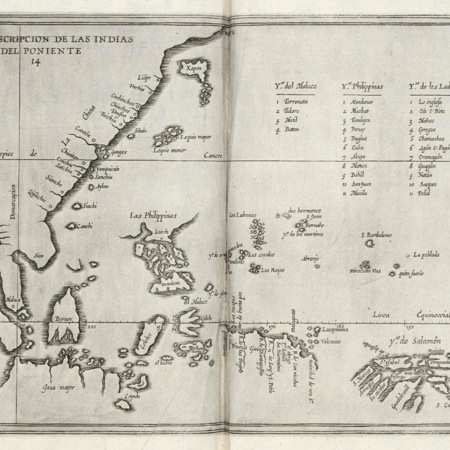
Map of Southeast Asia
Colijn, M. / Anoniem / Anonymous
-
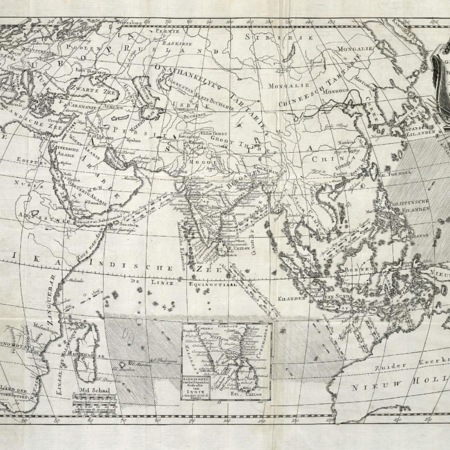
Map of Asia, Africa, Europe and Australia
Schalenkamp, M. / Bonne / ...
-
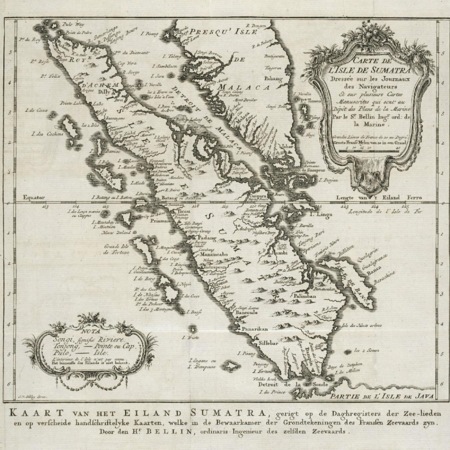
Map of the island of Sumatra
Hondt, Pierre d' / Bellin, Jacques Nicolas / ...
-
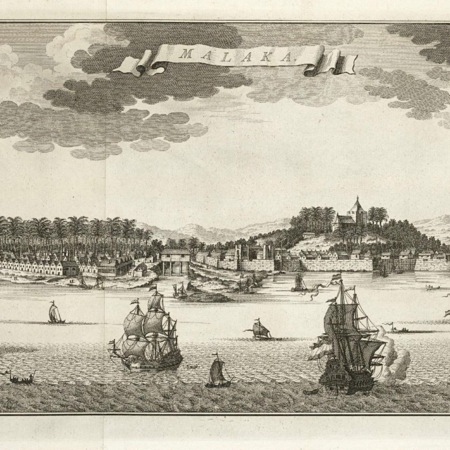
View of Malacca
Schley, Jacobus van der / Hondt, Pierre d'
-
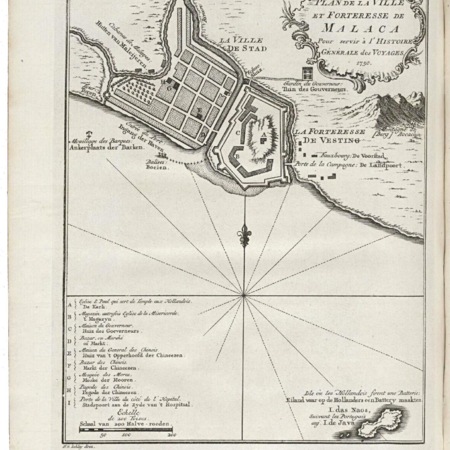
Map of Malacca
Hondt, Pierre d' / Schley, Jacobus van der
-
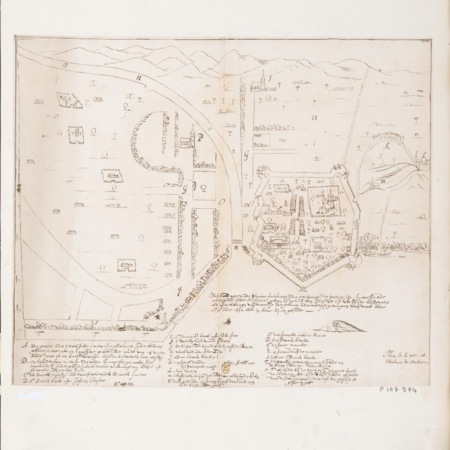
Bird's eye map of Malacca
Anoniem / Anonymous
-
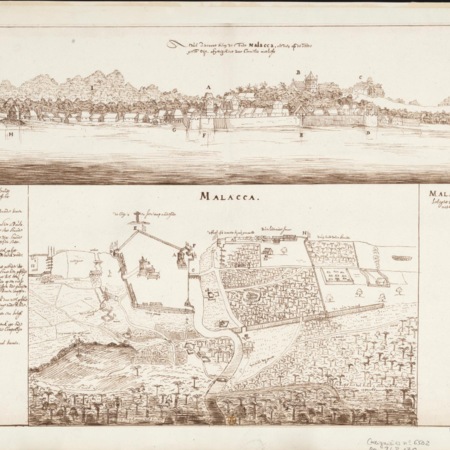
Prospect and bird's eye view of Malacca
Matelief, Cornelis
-
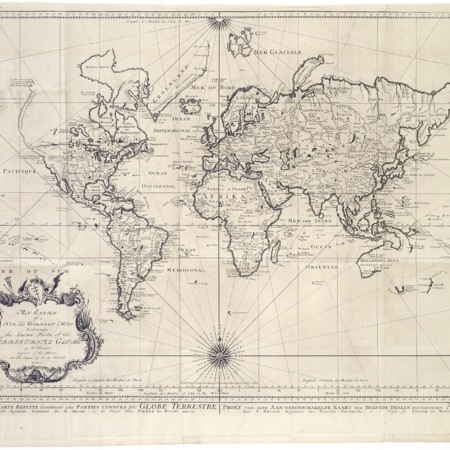
Map of the world
Schley, Jacobus van der / Bellin, Jacques Nicolas / ...
-
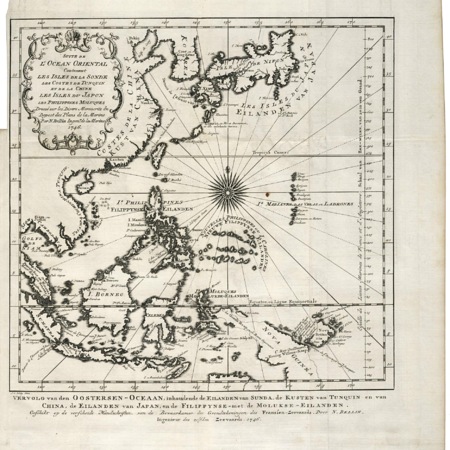
Map of the Pacific Ocean, from Malacca to Japan
Bellin, Jacques Nicolas / Schley, Jacobus van der / ...
-
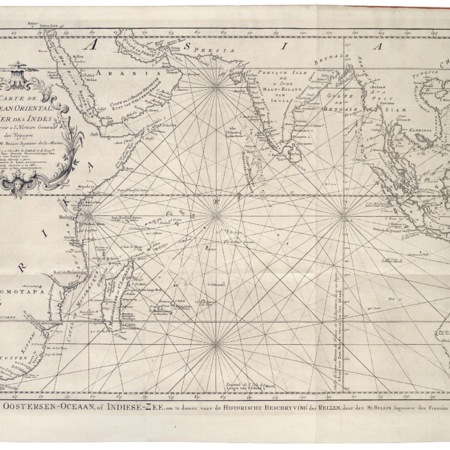
Map of the Indian Ocean
Bellin, Jacques Nicolas / Hondt, Pierre d'
-
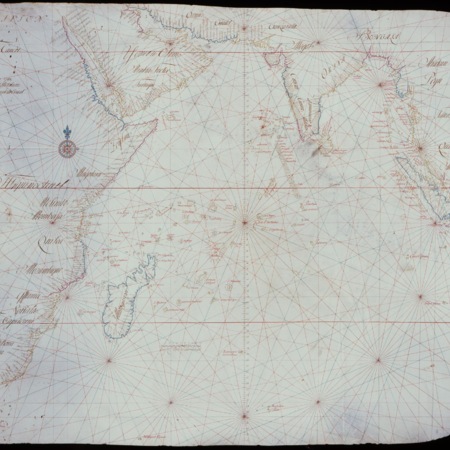
Map of the Indian Ocean
Graaff, Isaac de
-
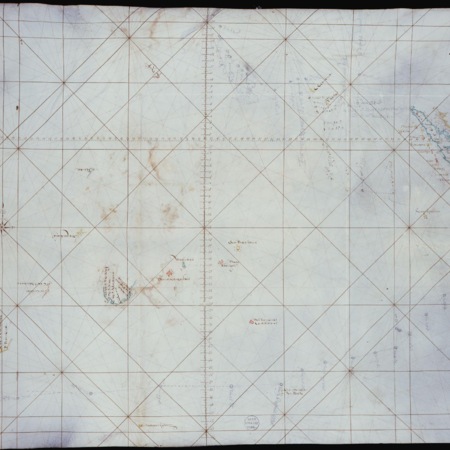
Map of the Indian Ocean
Anias, Abraham
-
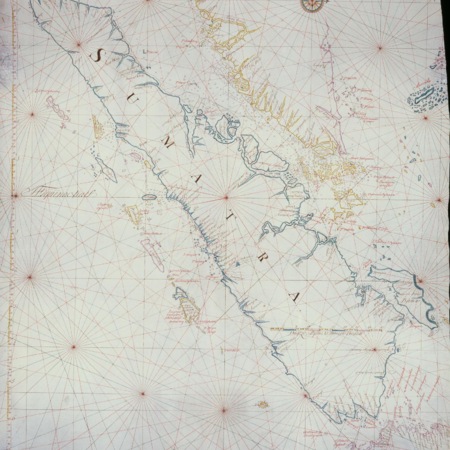
Map of Sumatra and the Malacca Strait
Graaff, Isaac de
-
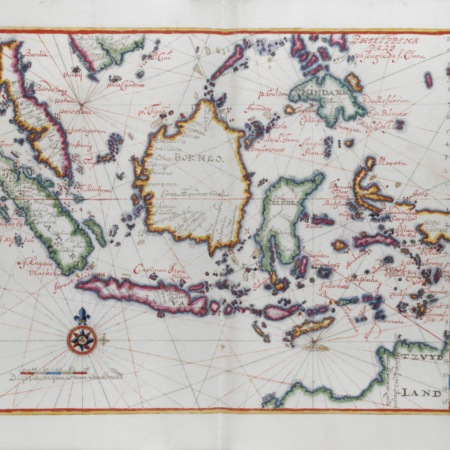
Map of Indonesia
Vingboons, Johannes
-
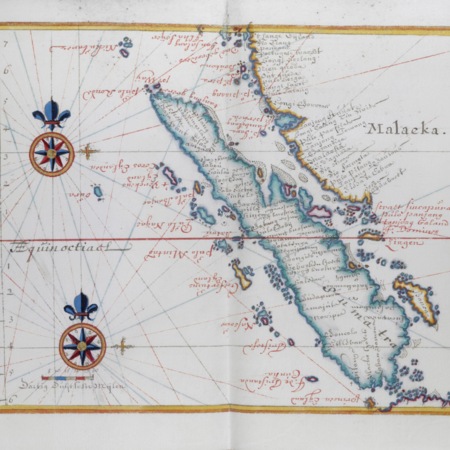
Map of Malacca and Sumatra
Vingboons, Johannes
-
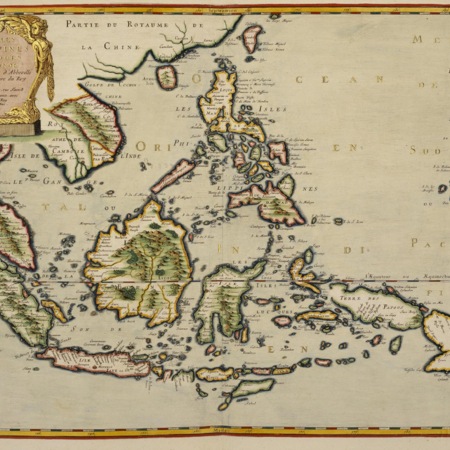
Map of Indonesia and the Philippines
Marriette, Pierre / Sanson d'Abbeville, Nicolas / ...
-
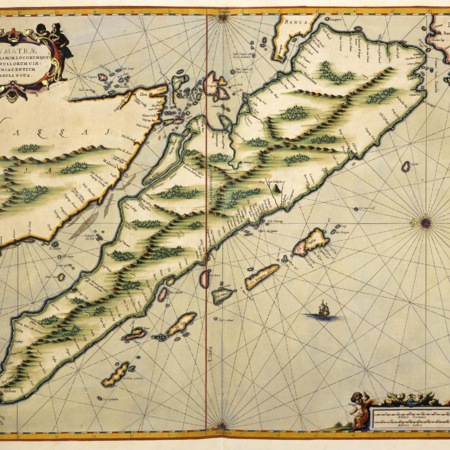
Map of Sumatra
Janssonius, Johannes
-
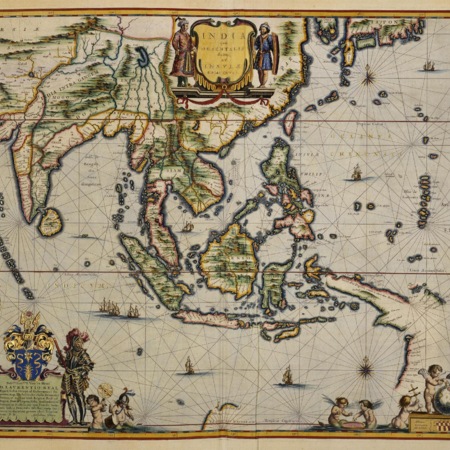
Map of India to Japan
Blaeu sr., Joan / Blaeu, Wilhelm (Jansz.)
-
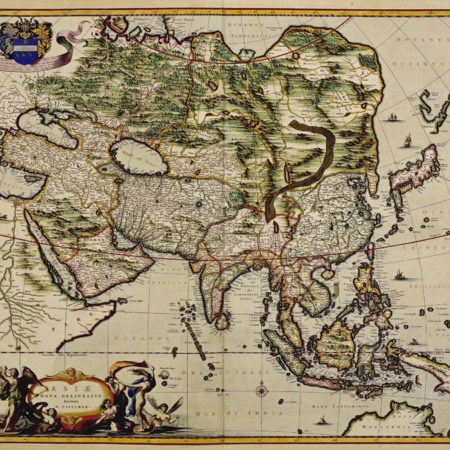
Map of Asia
Visscher I, Nicolaas / Visscher I, Nicolaas
-
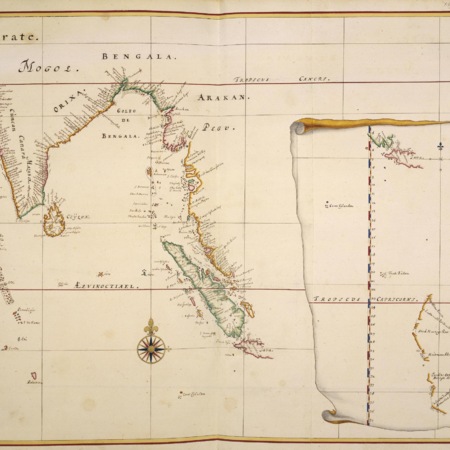
Map of the eastern part of the Indian Ocean
Vingboons, Johannes
-
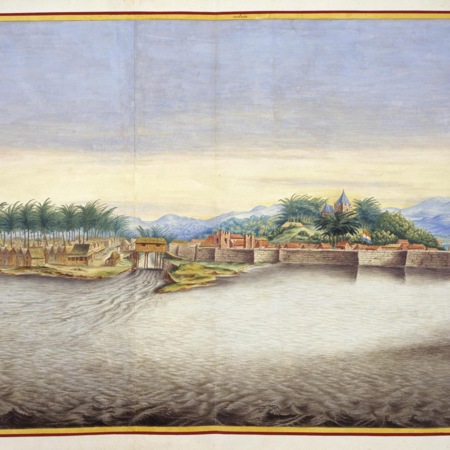
View of Malacca
Vingboons, Johannes
-
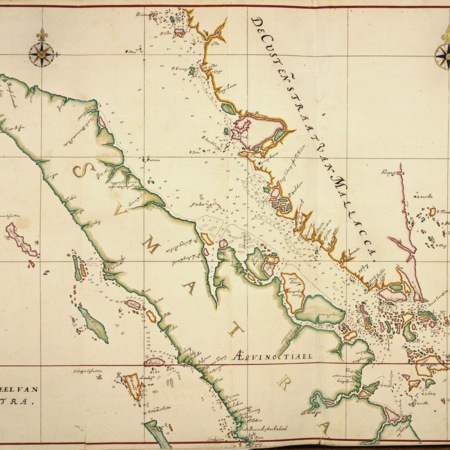
Map of the northern part of Sumatra and the Malacca Strait
Vingboons, Johannes
-
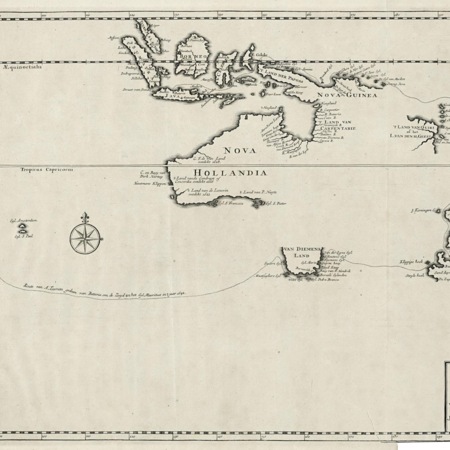
Map showing the route taken by Abel Tasman
Anoniem / Anonymous / Braam, J. van / ...
-
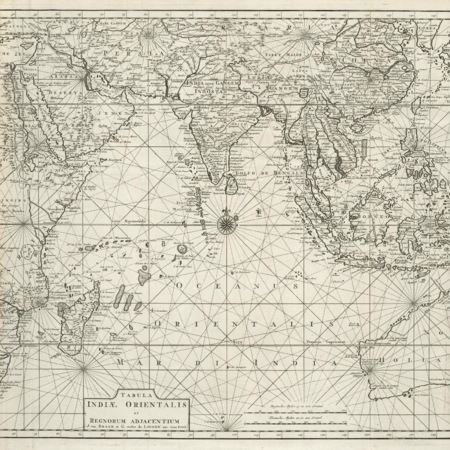
Map of East Indies
Braam, J. van / Linden, Gerard onder de / ...
-
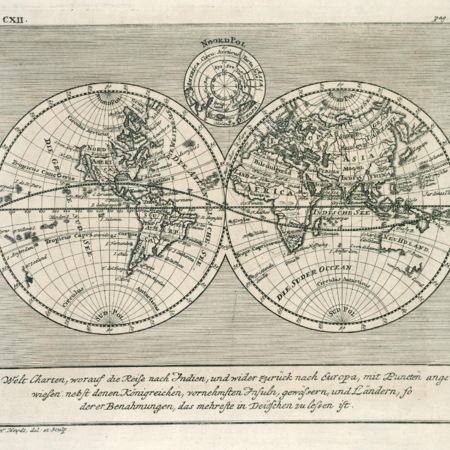
Map of the world in two spheres
Tetschner, Johann Carl / Heydt, Johann Wolfgang
-
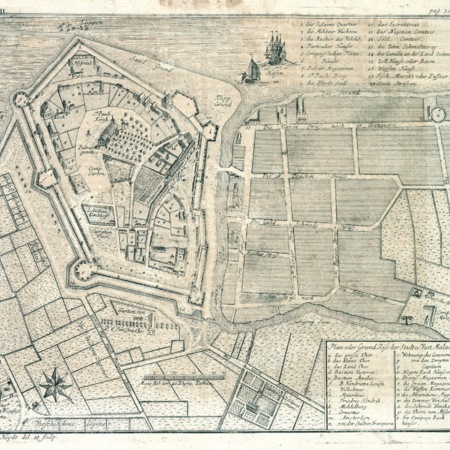
Map of Malakka
Tetschner, Johann Carl / Heydt, Johann Wolfgang
-
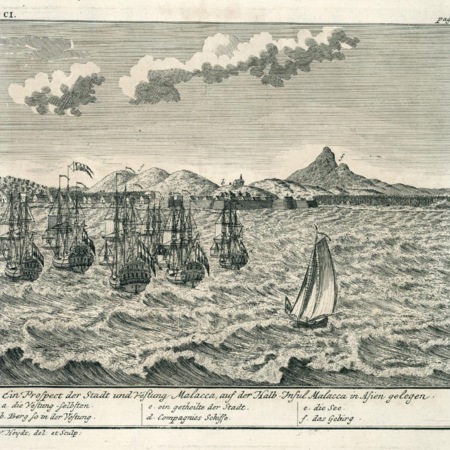
View of the Malacca peninsula
Tetschner, Johann Carl / Heydt, Johann Wolfgang
-
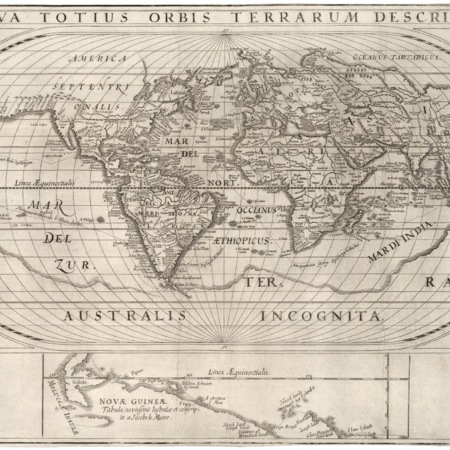
Map of the world and chart of New Guinea
Anoniem / Anonymous / Jansz, Jan
-
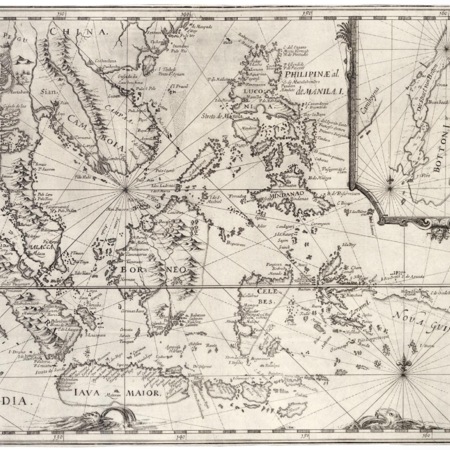
Map of South East Asia with an inset showing the Botton Strait
Anoniem / Anonymous / Jansz, Jan
-
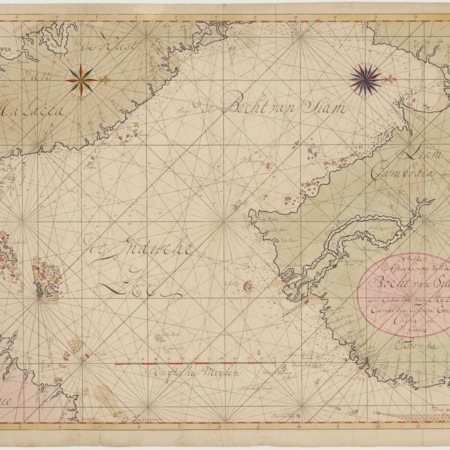
Map of the coasts of Malacca, Siam and Cambodia
Keulen, Gerard van
-
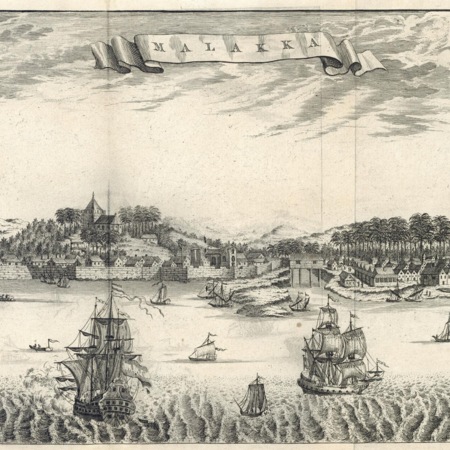
View of Malacca
Jong, Dirk de / Conradi, Petrus / ...
-
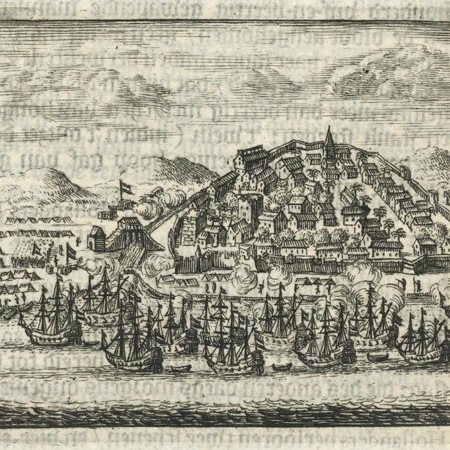
View of Malacca
Anoniem / Anonymous / Oossaan, Aart Dircksz / ...
-
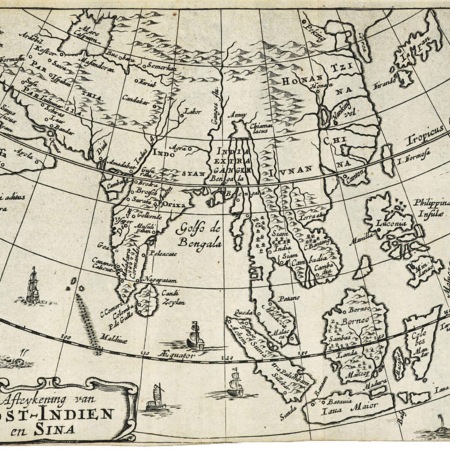
Map of Asia
Anoniem / Anonymous / Oossaan, Aart Dircksz / ...
-
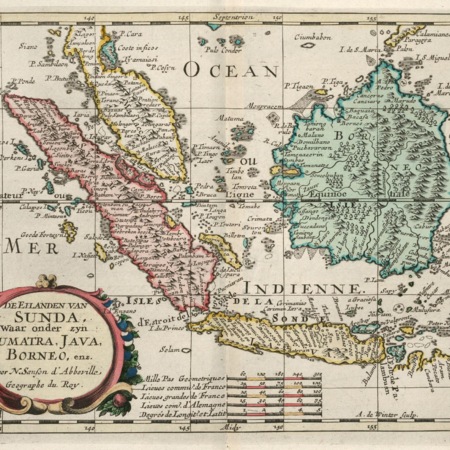
Map of Java, Sumatra, Borneo and Malaysia
Winter, A. d' / Sanson d'Abbeville, Nicolas / ...
-
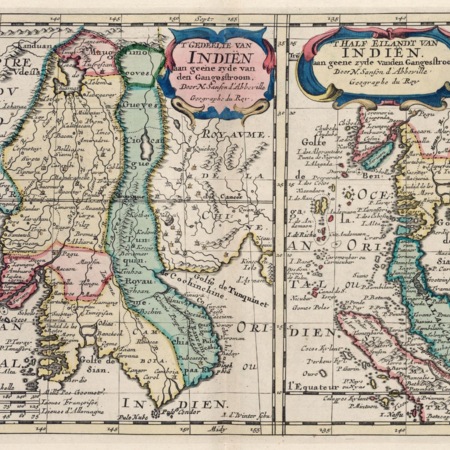
Two maps of Thailand, Malaysia and Sumatra
Winter, A. d' / Sanson d'Abbeville, Nicolas / ...
-
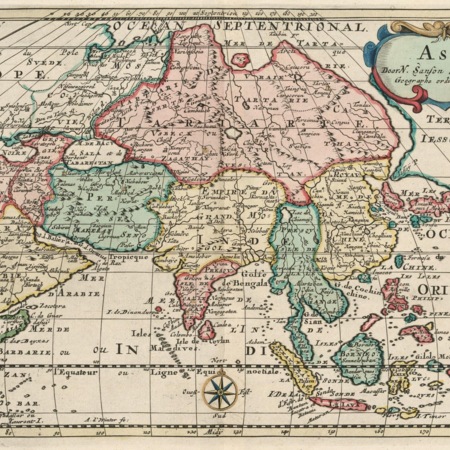
Map of Asia
Winter, A. d' / Sanson d'Abbeville, Nicolas / ...
-
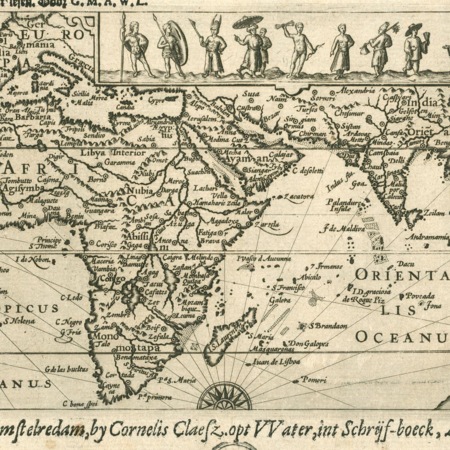
Map of Europe, Africa and Asia, with inserts showing inhabitants of various regions
Anoniem / Anonymous / Claesz, Cornelis
-
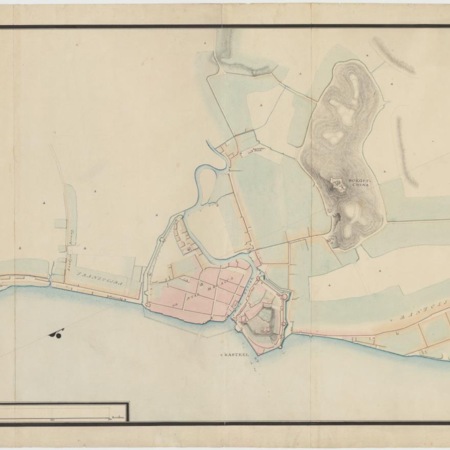
Map of Malacca and environs
Reimer, Carl Friedrich / Vaillant, I.O. / ...
-
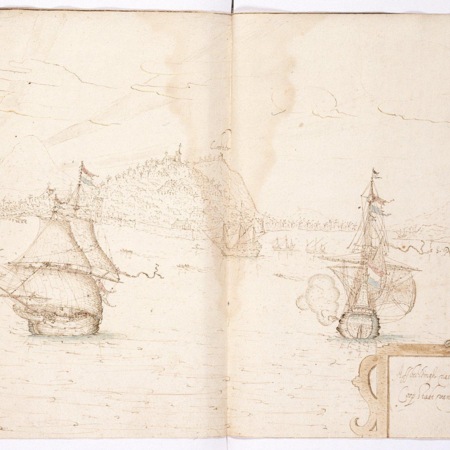
View of Malacca
Moens
-
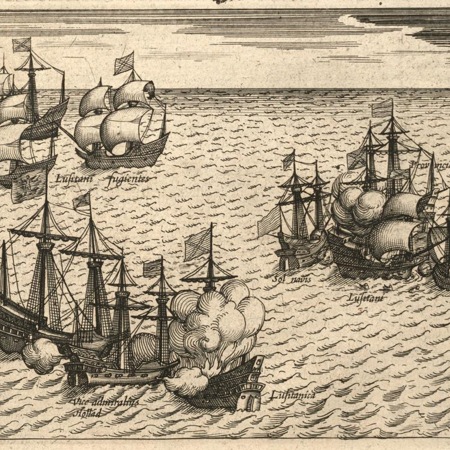
Battle for Malacca between the VOC fleet and the Portuguese, 1606
Anoniem / Anonymous
-
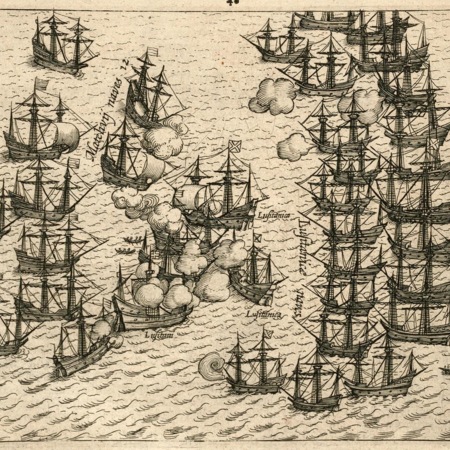
Battle for Malacca between the VOC fleet and the Portuguese, 1606
Anoniem / Anonymous
-
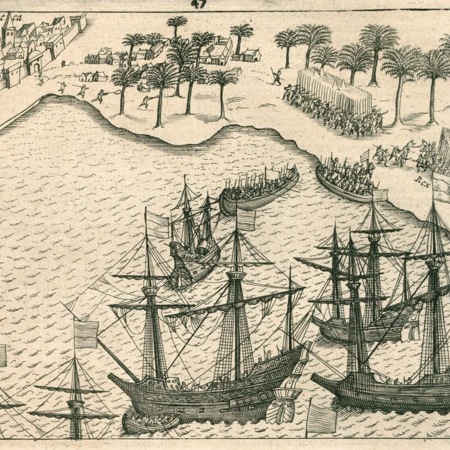
Battle near Malacca waged by Cornelis Matelief, 1606
Anoniem / Anonymous
-
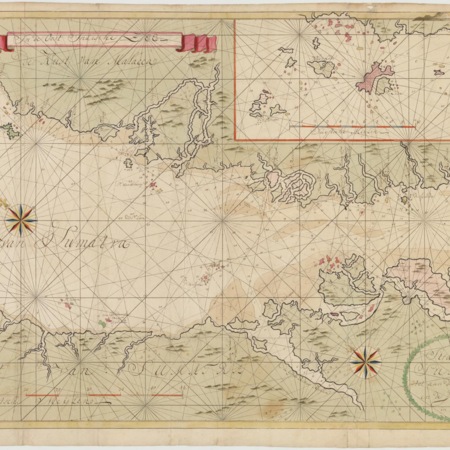
Map of the Sumatra Strait
Keulen, Gerard van
-
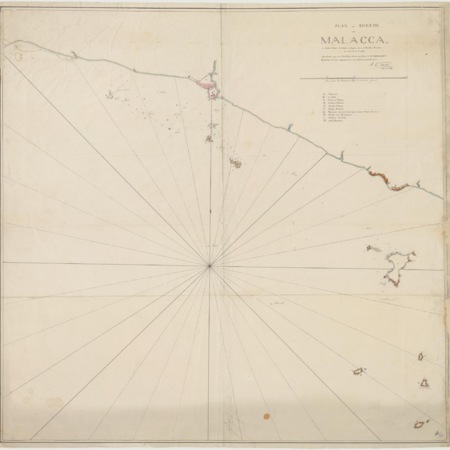
Map showing the roadstead of Malacca
Vaillant, I.O. / Twent, A.C.
-
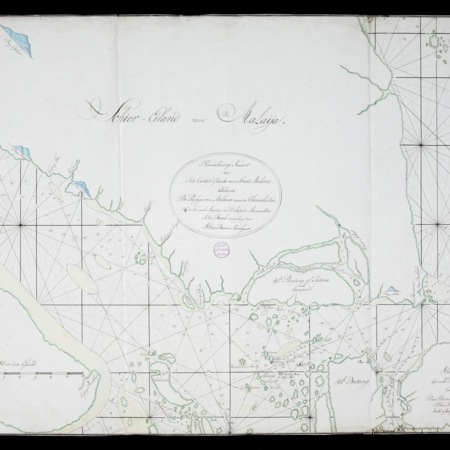
Map of the Malacca Strait
Braam Houckgeest, Andreas Everardus van / Mannevillette, Jean-Baptiste Nicolas Denis d'Apres de
-
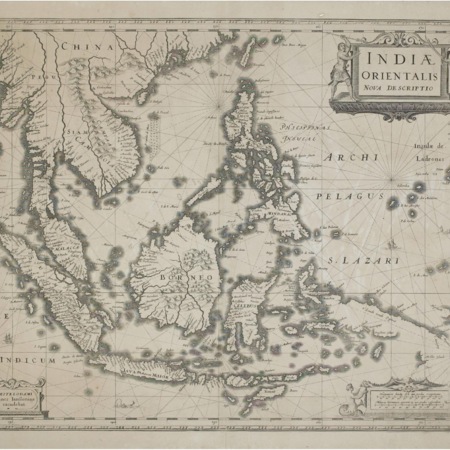
Map of the Indonesian archipelago
Janssonius, Johannes
-
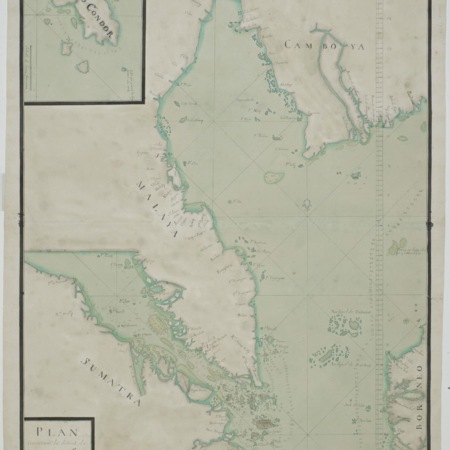
Sea chart of the Malacca Strait and the Gulf of Siam.
Anoniem / Anonymous
-
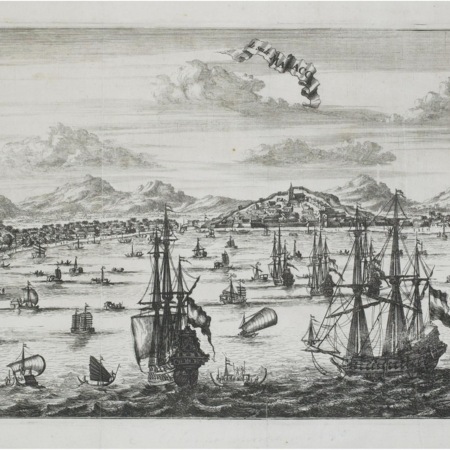
View of the city of Malacca
Anoniem / Anonymous
-
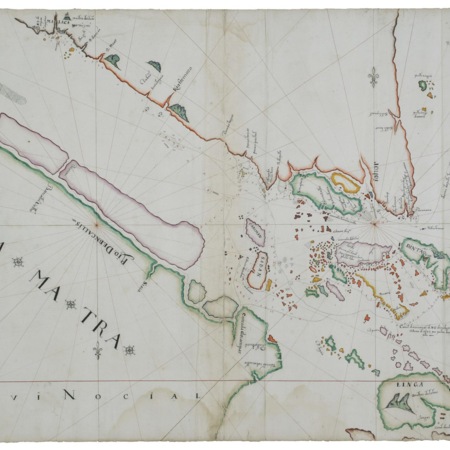
Southern part of the Strait of Malacca, part 8 in the volume
Pereira dos Reis, André
-
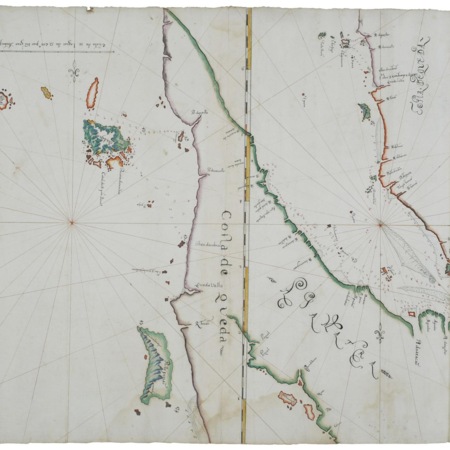
Northern part of the Malacca Strait, part 9 from the volume
Pereira dos Reis, André
-
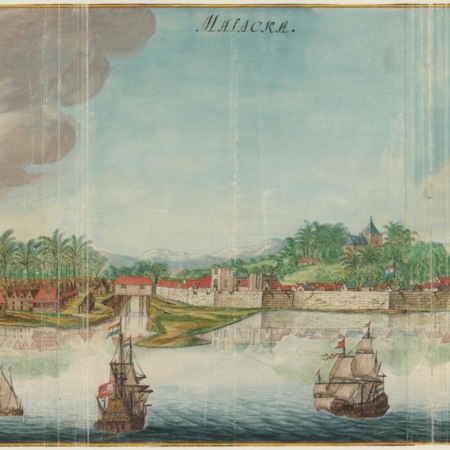
Map of the city of Malakka
Vingboons, Johannes
-
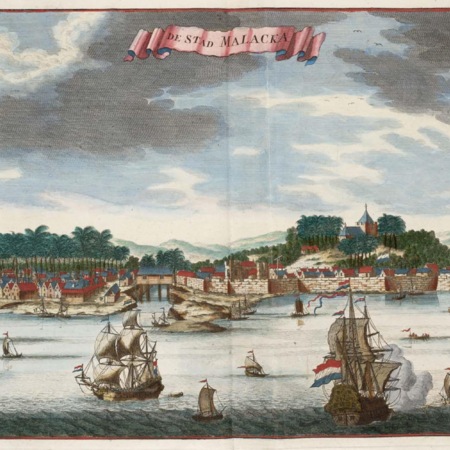
View of the city of Melaka
Anoniem / Anonymous
-
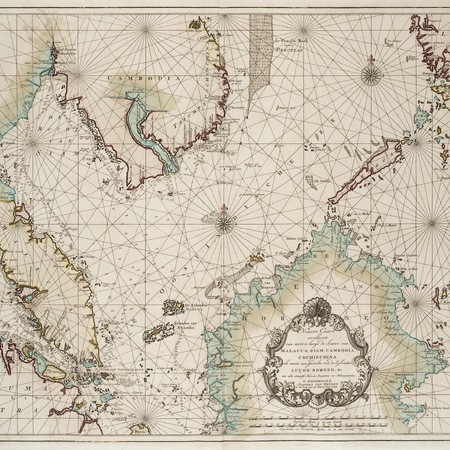
Map of Cambodia to Borneo
Keulen II, Johannes van
-
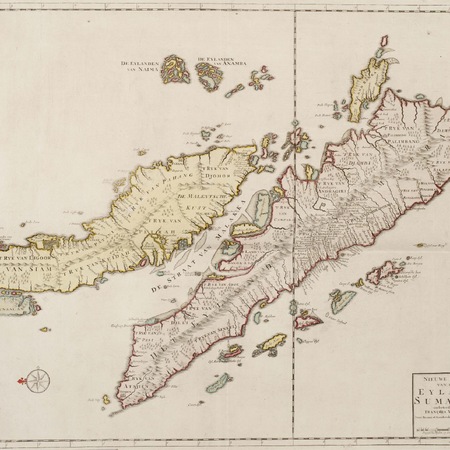
Map of Sumatra
Braam, J. van / Linden, Gerard onder de
-
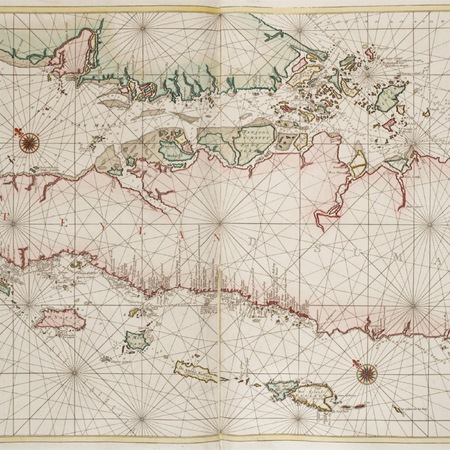
Map of Sumatra
Keulen II, Johannes van
-
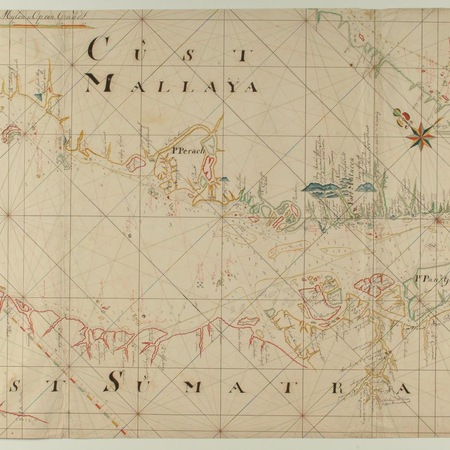
Chart of the Banca Straits, Java and the Sunda Straits
Sonnemans, Laurens
-
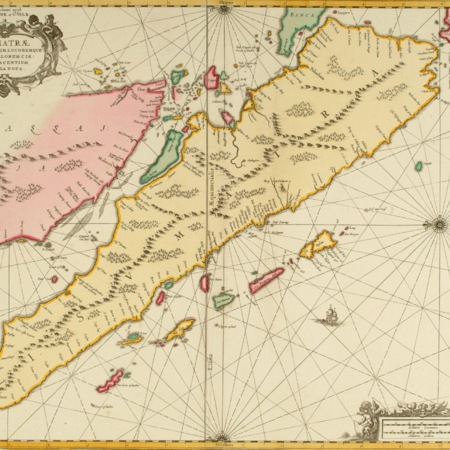
Map of Sumatra
Valk, Gerard / Schenk, Petrus
-
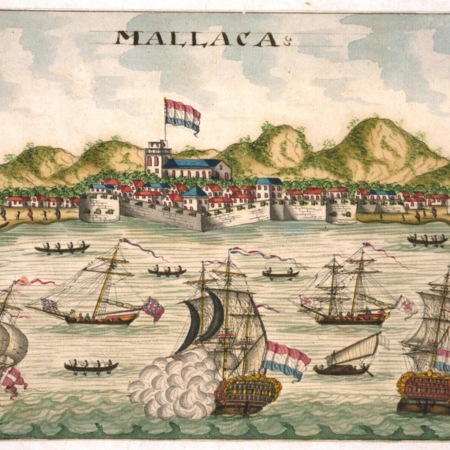
View of Malacca
Anoniem / Anonymous
-
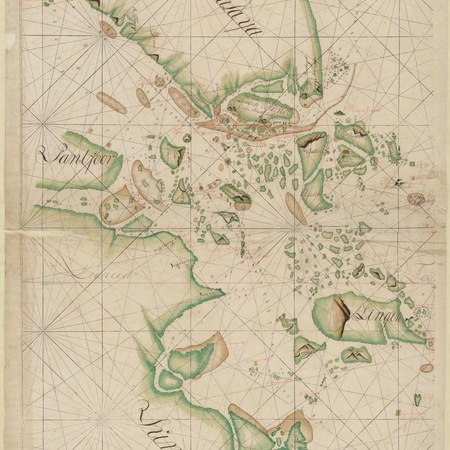
Map of Sumatra and the Malacca Straits
Anoniem / Anonymous
-
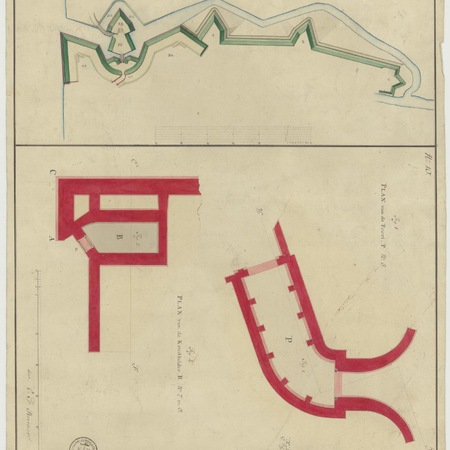
Profiles relating to the fort of Tranquera at Melaka
Reimer, Carl Friedrich
-
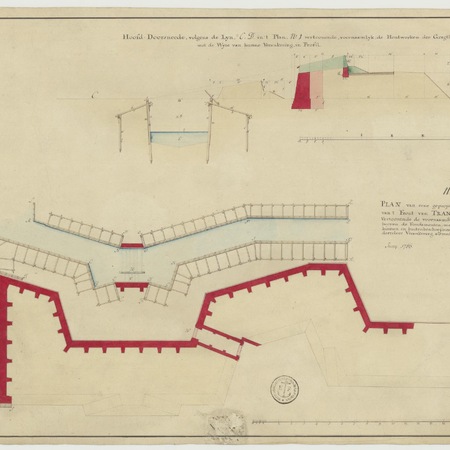
Profiles relating to the fort of Tranquera at Melaka
Reimer, Carl Friedrich
-
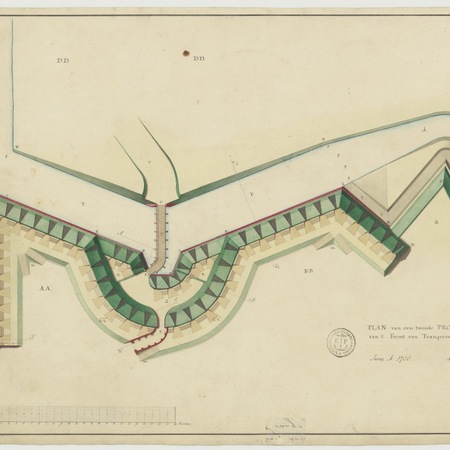
Profiles relating to the fort of Tranquera at Melaka
Reimer, Carl Friedrich
-
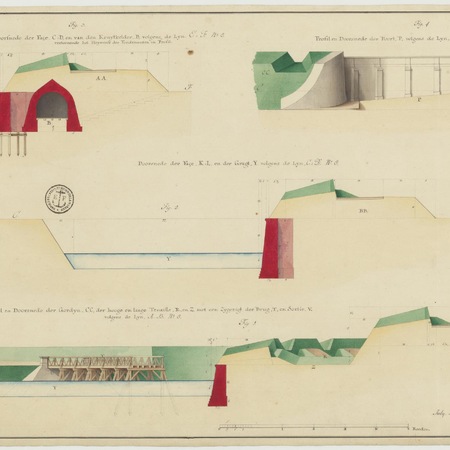
Profiles relating to the fort of Tranquera at Melaka
Reimer, Carl Friedrich
-
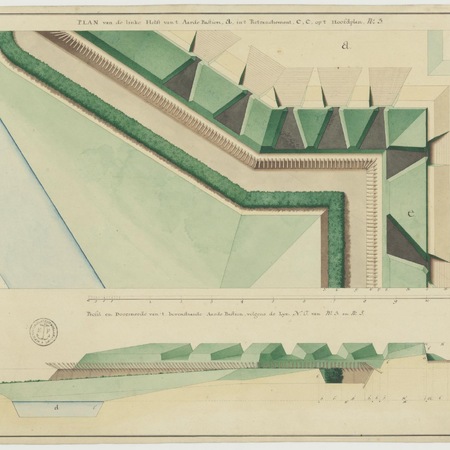
Profiles relating to the fort of Tranquera at Melaka
Reimer, Carl Friedrich
-
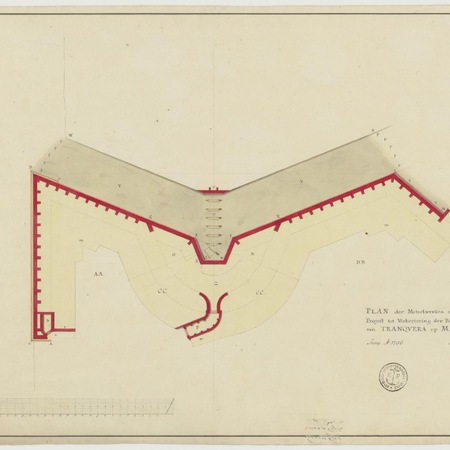
Profiles relating to the fort of Tranquera at Melaka
Reimer, Carl Friedrich
-
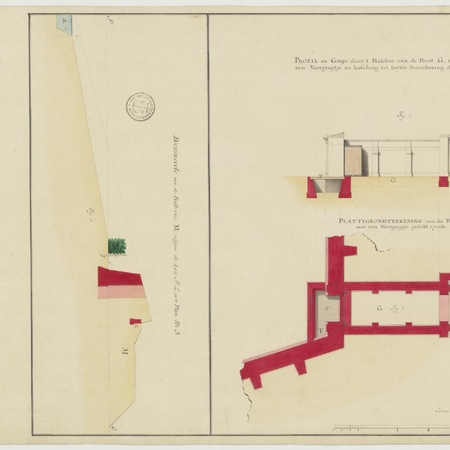
Profiles relating to the fort of Tranquera at Melaka
Reimer, Carl Friedrich
-
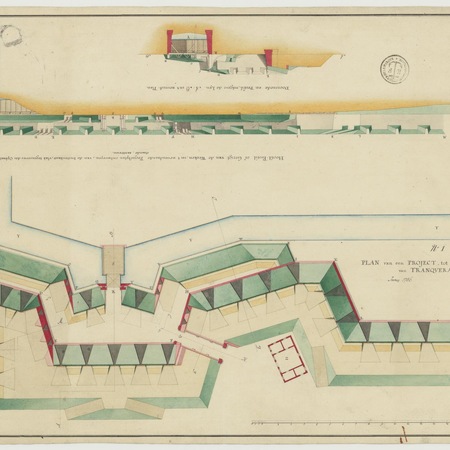
Profiles relating to the fort of Tranquera at Melaka
Reimer, Carl Friedrich
-
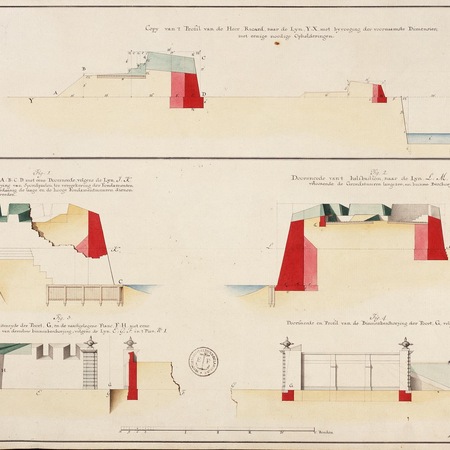
Profiles relating to the fort of Tranquera at Melaka
Reimer, Carl Friedrich
-
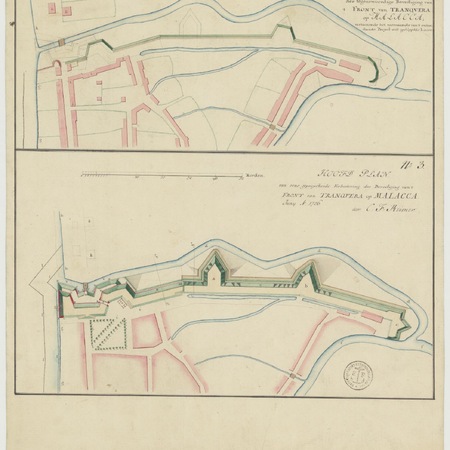
The fort of Tranquera at Melaka
Reimer, Carl Friedrich
-
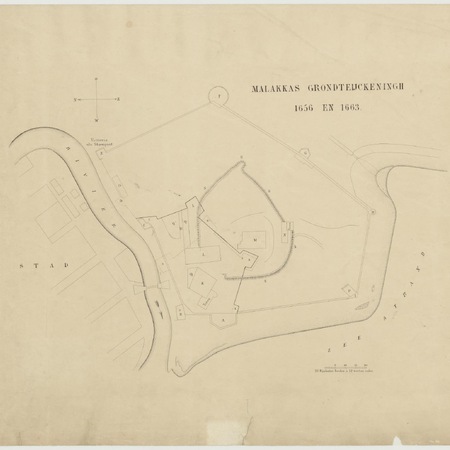
Map of Melaka
Anoniem / Anonymous
-
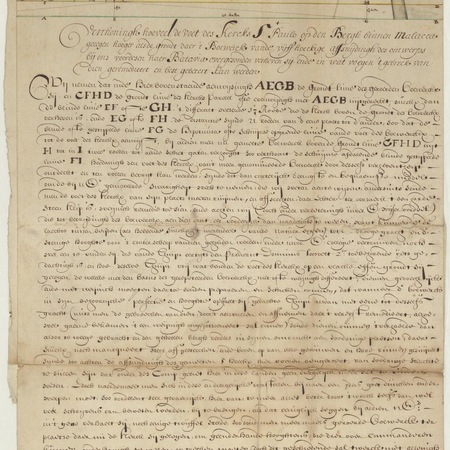
The church at Malakka relative to the bastion there
Thysen, Joan
-
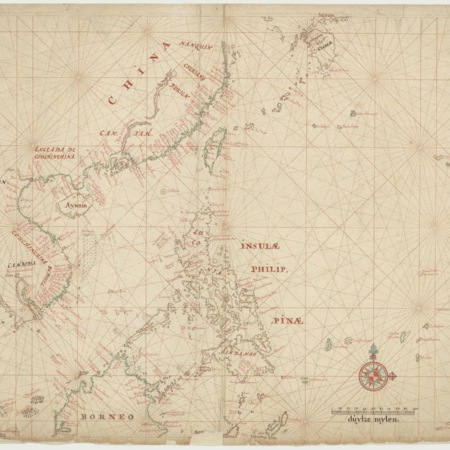
Map of southeast Asia
Blaeu Jr., Joan
-
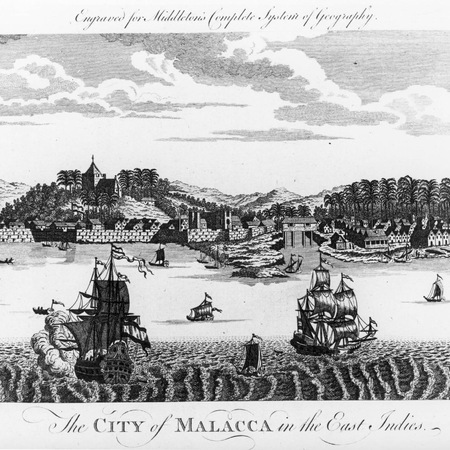
View of Malacca
Anoniem / Anonymous
-
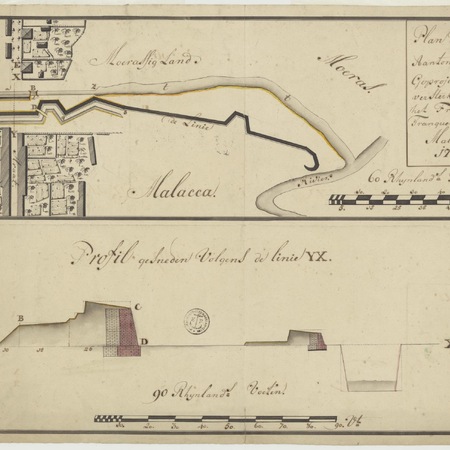
Map and elevation of the fort at Malacca
Anoniem / Anonymous
-
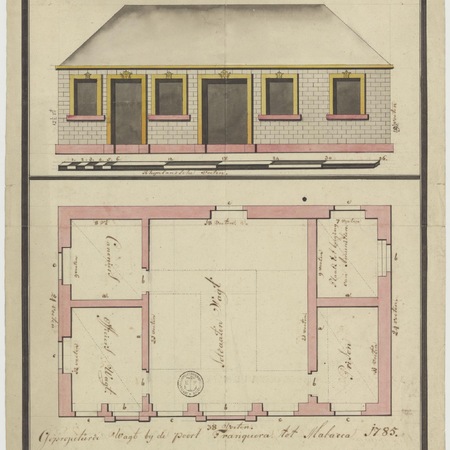
Elevation and floor map of the Tranquera gate at Malacca
Anoniem / Anonymous / Vaillant, I.O.
-
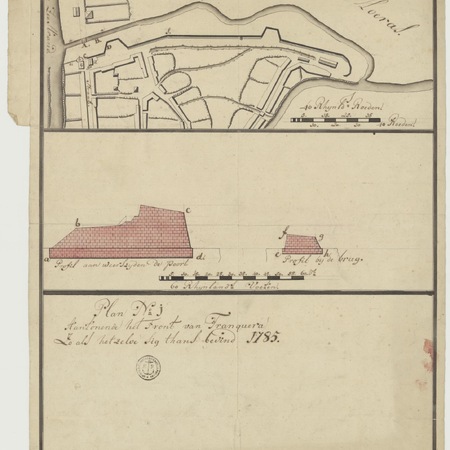
Map and elevation of the fort at Malakka
Anoniem / Anonymous
-
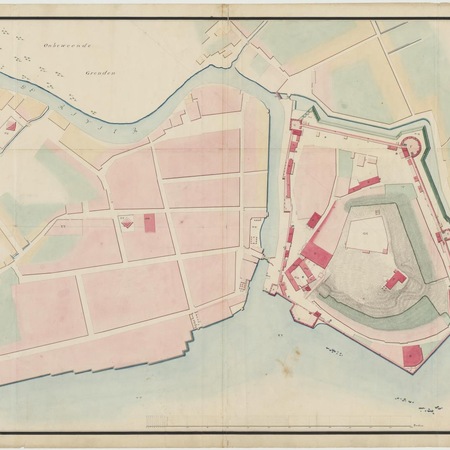
Map of the city and fort at Malakka
Reimer, Carl Friedrich / Elias, P. / ...
-
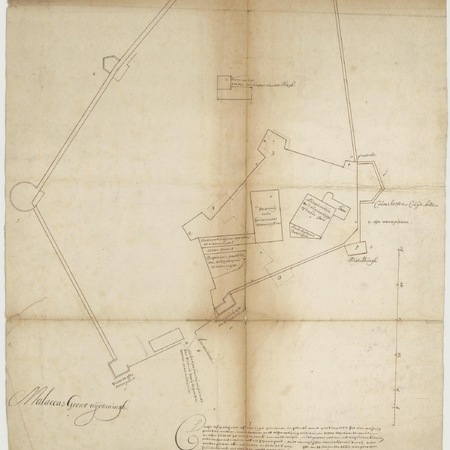
Map of the fort at Malakka
Anoniem / Anonymous
-
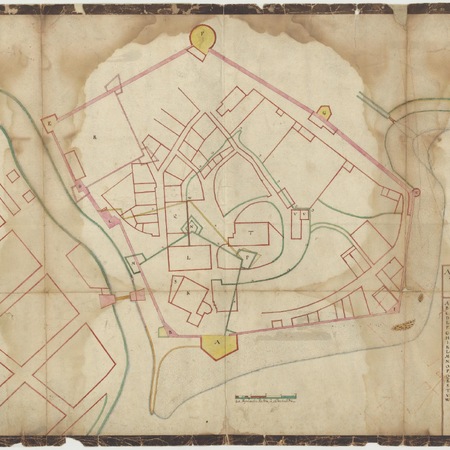
Map of the fort at Malakka
Anoniem / Anonymous
-
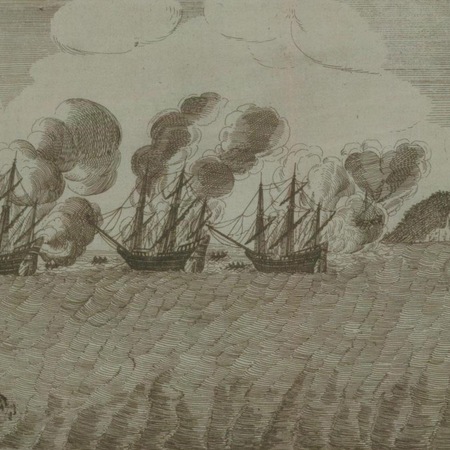
View of three Portuguese ships off the coast of Malacca
Anoniem / Anonymous
-
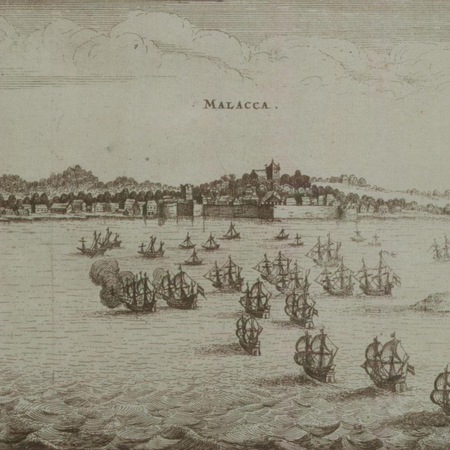
View of Malacca
Anoniem / Anonymous
-
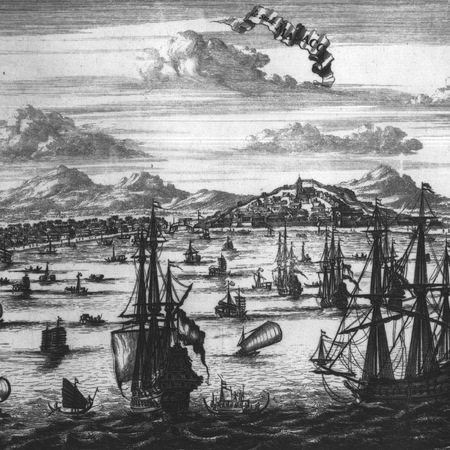
View of the bay at Melaka
Decker, Coenraet
-
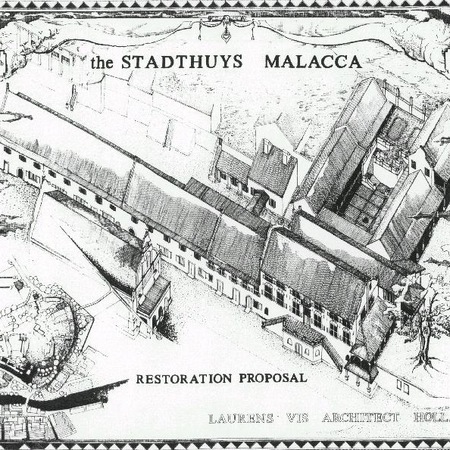
Design for the restoration of Melaka City Hall
Vis, Laurens
-
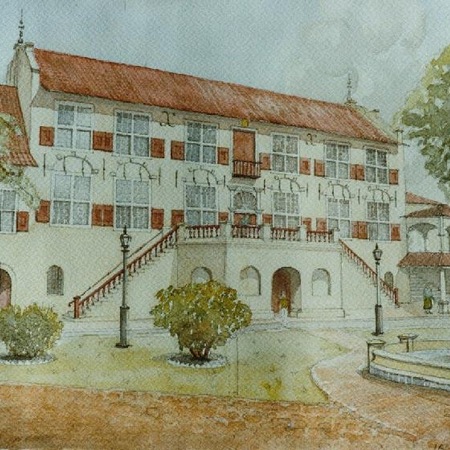
Design for the restoration of the City Hall in Melaka
Anoniem / Anonymous / Vis, Laurens
-
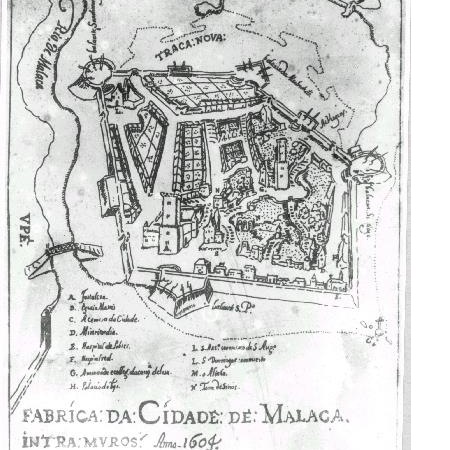
Map of Malacca
Anoniem / Anonymous
-
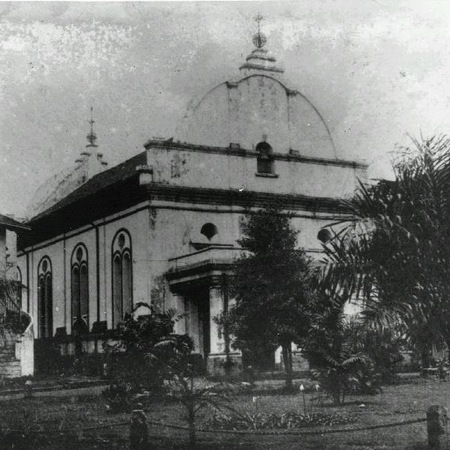
Frontage of the church at Melaka
Overvoorde-Gordon, J.
-
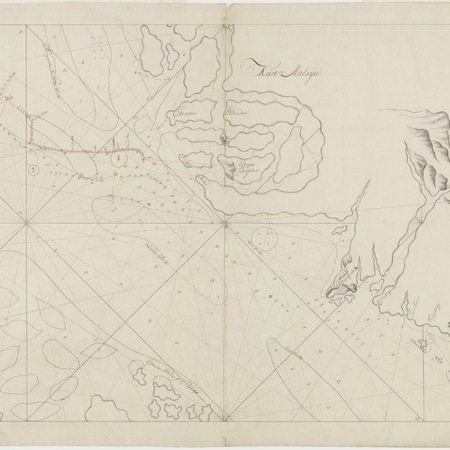
Chart of part of the Malacca Straits
Silvester, Willem
-
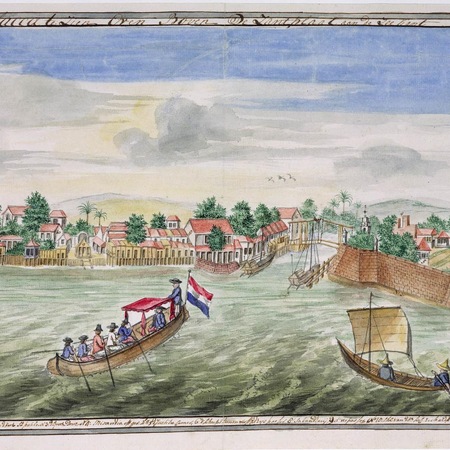
View of Melaka
Keldermans, Jan